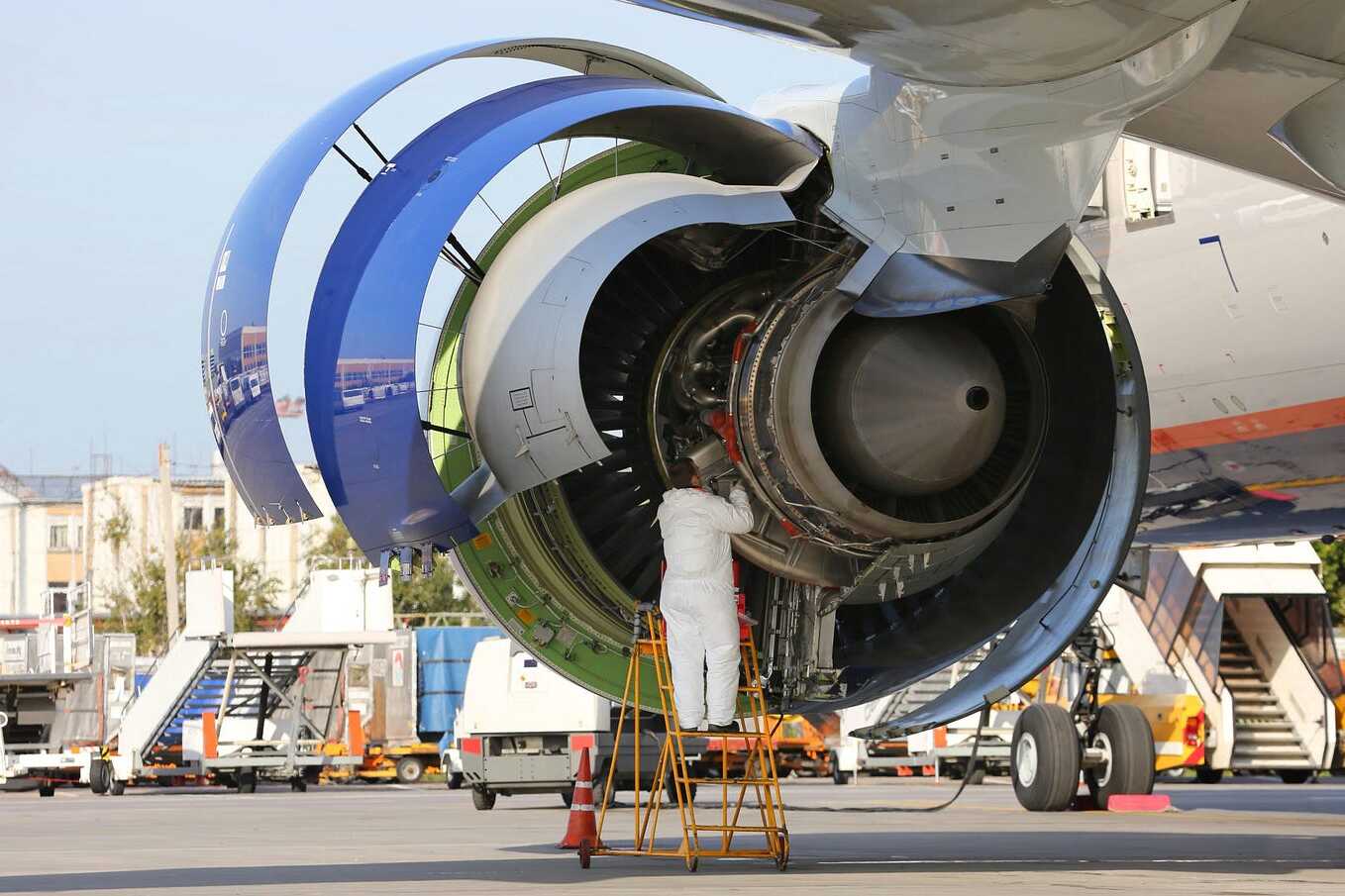
Aviation innovation has come a long way since the Wright brothers' first flight in 1903. Ever wondered how we went from rickety biplanes to sleek jets that can circle the globe? Technological advancements have revolutionized air travel, making it faster, safer, and more efficient. From the development of jet engines to the introduction of advanced navigation systems, each breakthrough has pushed the boundaries of what's possible in the sky. Sustainable aviation is now a hot topic, with electric planes and biofuels leading the charge. Curious about the milestones that have shaped modern aviation? Let's dive into 12 fascinating facts that highlight the incredible journey of aviation innovation.
Key Takeaways:
- Aviation has a rich history, from the Wright brothers' first flight to modern innovations like the Airbus A380 and solar-powered aircraft. It's a journey of human ingenuity and technological advancement.
- The future of aviation is filled with exciting possibilities, from electric planes and autonomous drones to hypersonic travel. These innovations could revolutionize air travel and make the world more connected than ever before.
The Birth of Aviation
Aviation has come a long way since the Wright brothers took their first flight. Here are some fascinating facts about the early days of aviation.
-
The Wright brothers, Orville and Wilbur, made the first powered flight on December 17, 1903. Their aircraft, the Wright Flyer, flew for 12 seconds and covered 120 feet.
-
Amelia Earhart became the first woman to fly solo across the Atlantic Ocean in 1932. Her journey took about 15 hours from Newfoundland to Ireland.
-
Charles Lindbergh's solo nonstop transatlantic flight in 1927 made him an international hero. He flew from New York to Paris in the Spirit of St. Louis, covering 3,600 miles in 33.5 hours.
Technological Advancements
Aviation technology has evolved rapidly, making air travel safer and more efficient. Here are some key innovations.
-
The jet engine, invented by Frank Whittle and Hans von Ohain in the late 1930s, revolutionized air travel. Jet engines allowed planes to fly faster and higher than ever before.
-
The introduction of radar during World War II significantly improved air traffic control. Radar systems help track aircraft positions, reducing the risk of mid-air collisions.
-
The Boeing 747, introduced in 1969, was the first wide-body commercial airliner. Its large size and long range made international travel more accessible to the masses.
Modern Aviation Milestones
Modern aviation continues to break records and push boundaries. Here are some recent milestones.
-
The Airbus A380, the world's largest passenger airliner, made its first flight in 2005. It can carry up to 853 passengers and has a range of 8,000 nautical miles.
-
Solar Impulse 2, a solar-powered aircraft, completed a round-the-world flight in 2016. It demonstrated the potential for renewable energy in aviation by flying 26,000 miles without using any fuel.
-
The development of supersonic jets like the Concorde allowed passengers to travel faster than the speed of sound. The Concorde could fly from New York to London in just 3.5 hours.
Future of Aviation
The future of aviation looks promising with ongoing research and development. Here are some exciting prospects.
-
Electric aircraft are being developed to reduce carbon emissions. Companies like Eviation and Pipistrel are working on electric planes that could revolutionize short-haul flights.
-
Autonomous drones are being tested for various applications, including cargo delivery and aerial surveillance. These drones could transform logistics and emergency response operations.
-
Hypersonic travel, which involves speeds greater than Mach 5, is being explored by companies like SpaceX and Boeing. Hypersonic planes could drastically reduce travel times, making it possible to fly from New York to Tokyo in just a couple of hours.
The Sky's the Limit
Aviation innovation has come a long way since the Wright brothers' first flight. From supersonic jets to eco-friendly aircraft, the industry keeps pushing boundaries. Drones are revolutionizing delivery services, while electric planes promise greener skies. Autonomous flying taxis might soon become a reality, changing urban transport forever. Advanced materials make planes lighter and more efficient, and AI helps optimize flight paths, saving fuel and time. Virtual reality is transforming pilot training, making it safer and more effective. The future of aviation looks bright, with endless possibilities on the horizon. Whether you're a frequent flyer or just fascinated by flight, these innovations are shaping a new era of air travel. Keep an eye on the skies; the next big breakthrough could be just around the corner.
Frequently Asked Questions
Was this page helpful?
Our commitment to delivering trustworthy and engaging content is at the heart of what we do. Each fact on our site is contributed by real users like you, bringing a wealth of diverse insights and information. To ensure the highest standards of accuracy and reliability, our dedicated editors meticulously review each submission. This process guarantees that the facts we share are not only fascinating but also credible. Trust in our commitment to quality and authenticity as you explore and learn with us.


